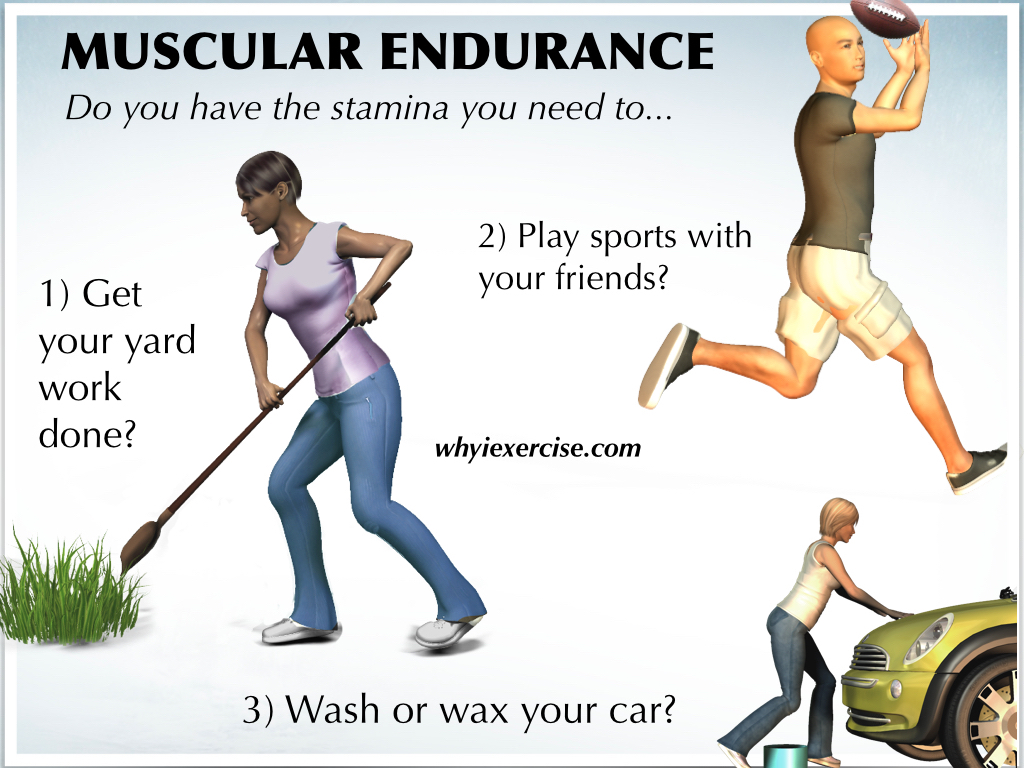

The emergence of a method to quantify CRF began in the 1920s when Archibald Hill, a British physiologist, proposed a multifactorial relationship between the maximum rate of oxygen uptake by body tissues and intensity of physical activity. Regular physical activity and exercise can improve CRF, thus decreasing risk of CVD and other conditions while improving overall health. Some medical researchers claim that CRF is an even stronger predictor of mortality than smoking, hypertension, high cholesterol, type 2 diabetes mellitus, or other common risk factors. Low levels of CRF have been shown to increase the risk of cardiovascular disease (CVD) and all-cause mortality.

In 2016, the American Heart Association published an official scientific statement advocating that CRF, quantifiable as V̇O 2 max/peak, be categorized as a clinical vital sign and should be routinely assessed as part of clinical practice. As these body's functions are vital to an individual's health, CRF allows observers to quantify an individual's morbidity and mortality risk as a function of cardiorespiratory health. These functions include ventilation, perfusion, gas exchange, vasodilation, and delivery of oxygen to the body's tissues. Scientists and researchers use CRF to assess the functional capacity of the respiratory and cardiovascular systems. Do you want to be in that size 8 dress in ten weeks, six months or two years? Putting a completion date on your goal gives you a clear target to work toward.See also: VO2 max and Cardiovascular fitnessĬardiorespiratory fitness ( CRF) refers to the ability of the circulatory and respiratory systems to supply oxygen to skeletal muscles during sustained physical activity. And finally, you want to set a time frame for your goal. When you begin to think about transforming your body, for example, it’s important to consider your body type (ecto, meso, endo) and then work within that framework when setting goals. You want the goal to be within reach, otherwise you’ll never stay motivated to achieve it. It might take you 45 minutes the first time you go out.Īttainable. Rather than setting a goal to improve your cardiovascular fitness, for example, set a goal to walk or run up 10 of the bleachers at the college football stadium, in an interval fashion (sprint up, walk down), in 15 minutes. You want the goal to be measurable so that you see the progress as it occurs. Set a goal to lose 25 pounds over the next six months by losing a pound a week. What do you want to do? Why is this important to you? And how do you plan to make it happen? For example, instead of setting a goal to lose weight. This is the what, why and how of the goal. Here’s a basic formula that you can follow: So… I encourage you to sit down, pick up a pen and piece of paper and jot down your health and fitness goals. Goals provide a way for you to focus your time and energy so that you create what you desire in your life.


Knowing the reasons why will give you the strength to keep going even when the inevitable struggles and obstacles come along.Īnd, we all live busy lives, it’s easy to diffuse our time and energy and never really bring about the things we want to accomplish. The motivation comes from knowing what you want to accomplish and why. This can make seemingly impossible tasks doable.Īnother reason is that any major accomplishment requires motivation and persistence. Think of it as a long term strategy that can be broken down into a bunch of smaller steps. They take you from where you are to where you want to be. One reason is that goals act like a roadmap. Research studies have shown a direct correlation between goal setting and enhanced performance in both sports and business.


 0 kommentar(er)
0 kommentar(er)
